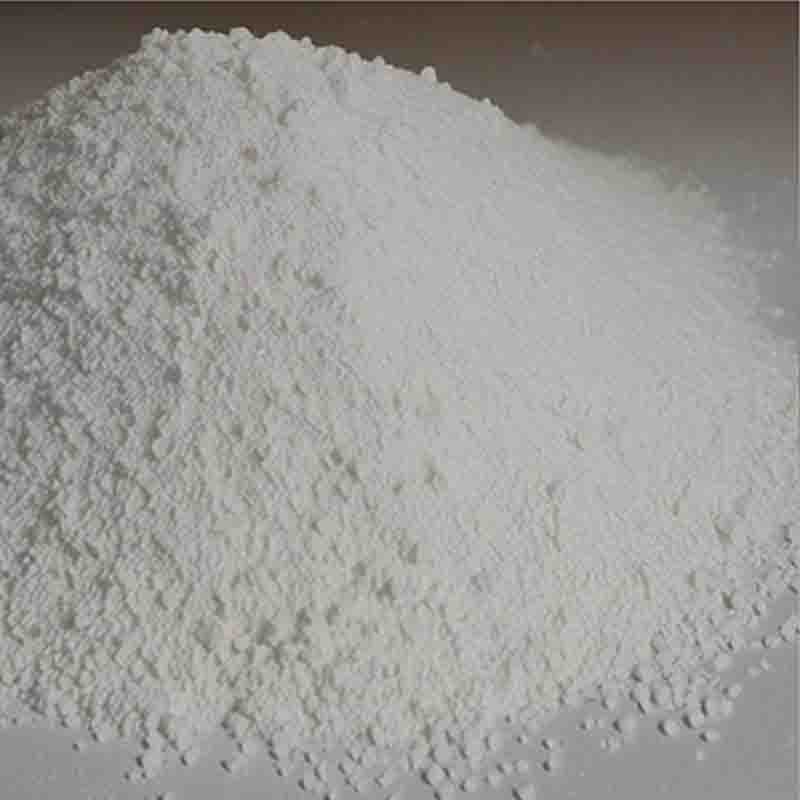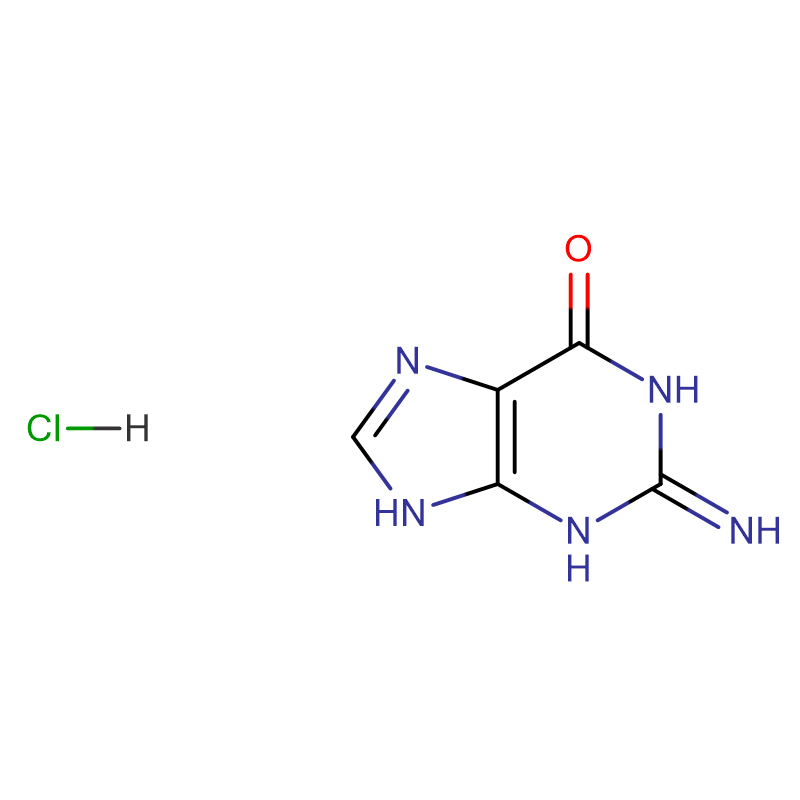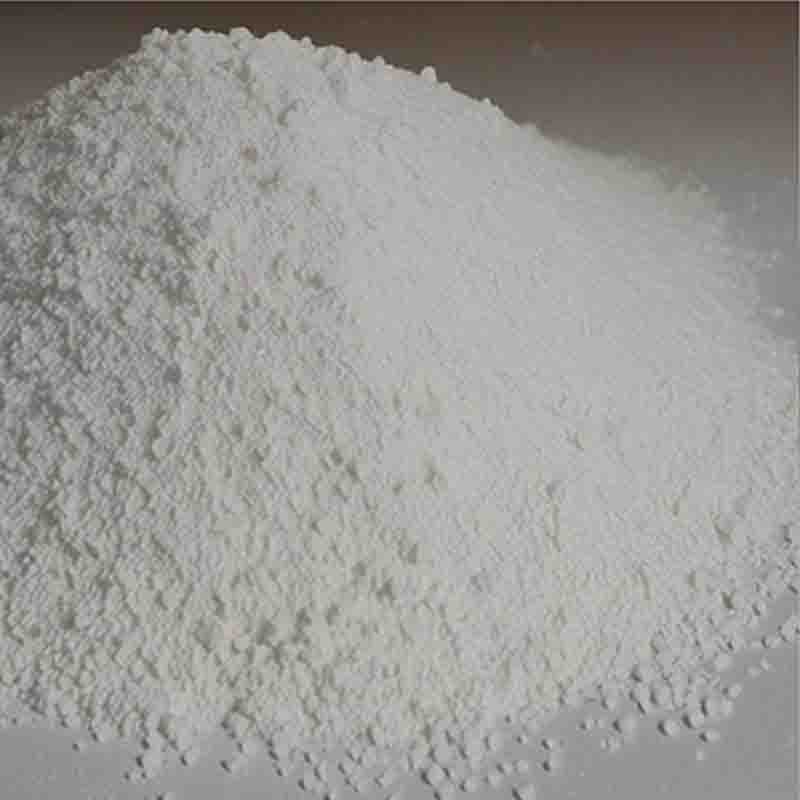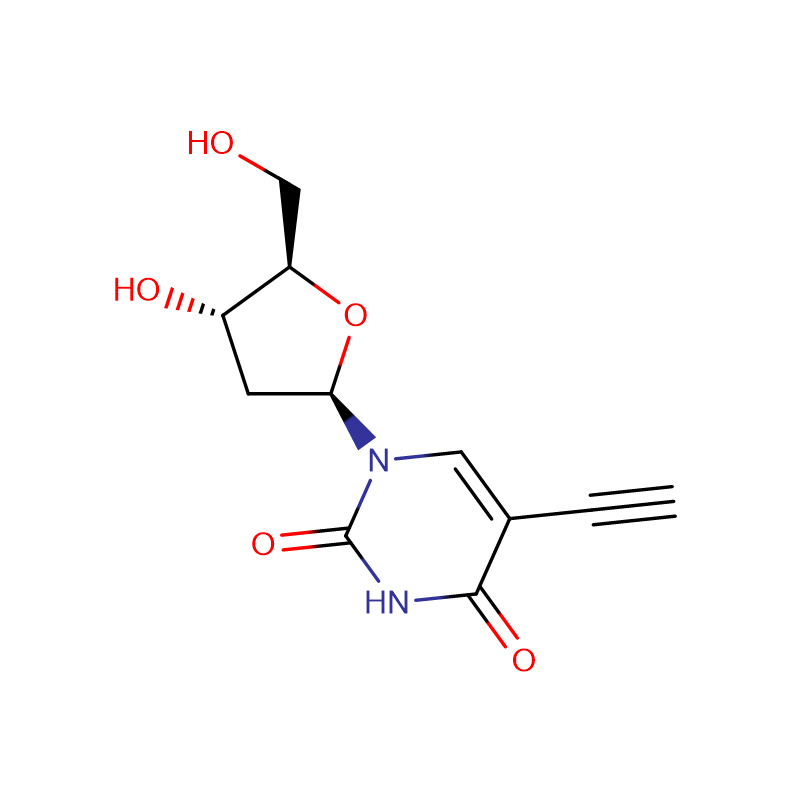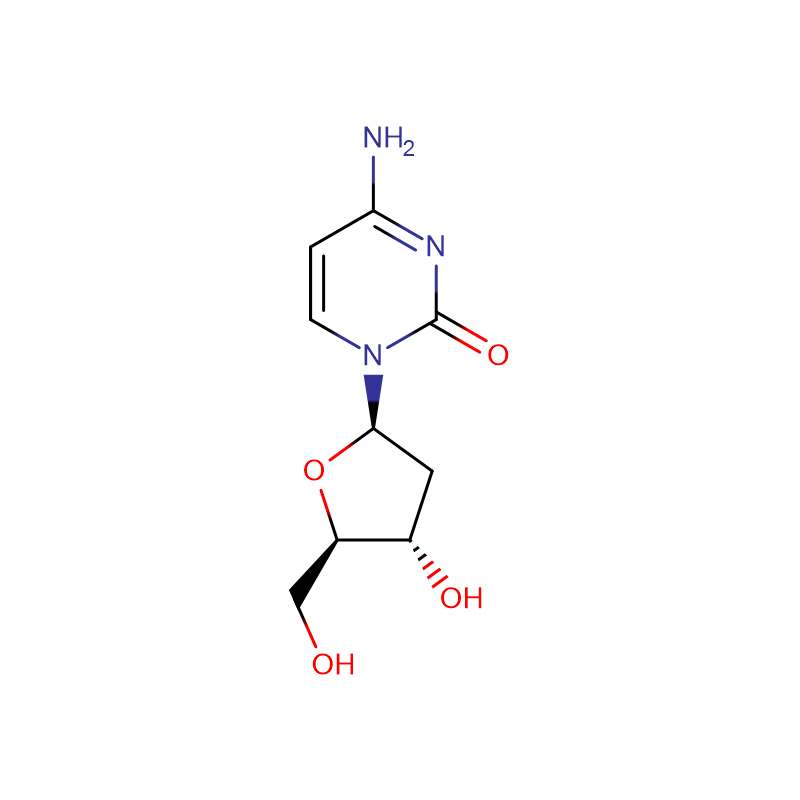1,2,3.4-tetra-hydroquinoline CAS:635-46-1
| Catalog Number | XD96031 |
| Product Name | 1,2,3.4-tetra-hydroquinoline |
| CAS | 635-46-1 |
| Molecular Formula | C9H11N |
| Molecular Weight | 133.19 |
| Storage Details | Ambient |
Product Specification
| Appearance | White powder |
| Assay | 99% min |
1,2,3,4-tetrahydroquinoline is a versatile compound that finds application in various fields. Here are some of its uses:
1. Pharmaceutical industry: 1,2,3,4-tetrahydroquinoline is used as a building block in the synthesis of various pharmaceutical compounds. It is a key intermediate in the production of antimalarial drugs, antipsychotic medications, and other therapeutic agents.
2. Agrochemicals: This compound is also utilized in the production of agrochemicals such as pesticides and herbicides. It serves as a precursor in the synthesis of active ingredients that protect crops from pests and diseases.
3. Material science: 1,2,3,4-tetrahydroquinoline is employed in the development of novel materials with specific properties. It can be used as a monomer in the production of polymers and resins, contributing to the enhancement of material performance and durability.
4. Research and development: The compound is widely used in academic and industrial research as a starting material for the exploration of new chemical reactions and the development of innovative synthetic methodologies. Its unique structure and reactivity make it a valuable tool for the discovery of new molecules and materials.
5. Antioxidant: 1,2,3,4-tetrahydroquinoline has antioxidant properties, making it suitable for use in the formulation of products such as rubber and lubricants. It helps to prevent degradation and improve the stability of these materials, extending their lifespan.
Overall, 1,2,3,4-tetrahydroquinoline plays a crucial role in the advancement of various industries, contributing to the development of new pharmaceuticals, agrochemicals, materials, and technologies. Its versatility and reactivity make it a valuable component in the synthesis of diverse compounds and the exploration of new scientific frontiers.


